By switching to efficient products, Southern Africa could reduce its electricity consumption by more than 35 TWh and save 5,000 MW in power capacity, which could serve to electrify 16 million homes in the region.
Under the leadership of the Southern African Power Pool (SAPP), the Southern African utilities have adopted a roadmap to achieve a permanent and sustainable transition to efficient lighting, appliances and equipment in the Southern African Development Community (SADC). A number of priority actions have been identified, which, once implemented, will generate significant climate, environmental and economic benefits for the region.
Fifty participants from the public and private sector participated in the workshop SADC Regional Action Plan for Leapfrogging to Efficient Lighting, Appliances and Equipment held on 19 and 20 February 2015 in Johannesburg at the premises of the South African utility Eskom. The workshop was jointly organized by the United Nations Environment Programme (UNEP), the Department of Energy of South Africa (DoE) and SAPP. Participants included representatives of SAPP’s Secretariat and its member utilities, members of governments and regulatory bodies from Southern Africa, national and regional key stakeholders working on appliance and equipment efficiency, and international actors such as the United Nations Development Programme (UNDP), the International Copper Association (ICA) and representatives of leading lighting, appliances and equipment manufacturers, including Philips, Osram, ABB and Arçelik.
In her opening speech, Cecilia Kinuthia, UNEP’s Head of Sub-regional office, emphasized the need to move towards efficient lighting, appliances and equipment. Ms Kinuthia highlighted the coordinated approach Southern African utilities have been taking to energy efficiency as a means to address the extremely constrained and vulnerable power systems causing frequent black-outs and slowing down economic activity. Leapfrogging SADC to efficient products will help the region to address its power crisis and contribute to its electricity saving goals at low cost, while generating significant climate and environmental benefits.
According to preliminary estimates by UNEP, leapfrogging to efficient lighting, refrigerators, room air conditioners, and distribution transformers will reduce SADC’s current electricity consumption by 35 Terra Watt hours and free 5,000 Megawatt of power capacity. This would allow for the electrification of 16 million households in the region and reduce its CO2 emissions by 20 million tons per year in 2030.
On Wednesday 25 February at the SAPP Meeting in Harare, Zimbabwe, the SAPP Management Committee adopted this roadmap, which builds on the integrated policy approach developed under the UNEP-GEF (Global Environment Facility) en.lighten initiative and that is being successfully implemented in over 30 countries. It expands the activities from lighting to appliances and equipment to quickly and effectively reduce power demand, to address the extremely constrained and vulnerable power systems causing frequent black-outs and slowing down economic and social development.
Workshop participants identified lighting, refrigerators, air conditioners, water heaters and distribution transformers as the priority products for SADC as they offer the most cost-effective and fastest way to save energy in the region. They requested UNEP and UNDP to provide support to the implementation of the roadmap by assisting the region in catalyzing technical and financial resources. Participants also encouraged all SADC countries to engage and share leadership in this initiative through their Ministries of Energy and Environment, and to identify sources of finance. They adopted a communiqué that will be submitted to the Ministries of Environment and the Ministries of Energy of SADC, inviting them to endorse the roadmap.
This initiative is part of the Global Partnership on Appliances and Equipment, a global effort led by UNEP with the support of the Global Environment Facility (GEF), to leapfrog global markets to high efficiency and affordable products, as a means to curb greenhouse gas emissions and combat climate change. Along with its international partners, including UNDP, ICA, CLASP, the Natural Resources Defense Council (NRDC) and various key players from private sector, this public-private partnership is a contribution to the Sustainable Energy for All (SE4ALL) initiative of the UN Secretary-General, Ban Ki-moon.


Leave a Reply